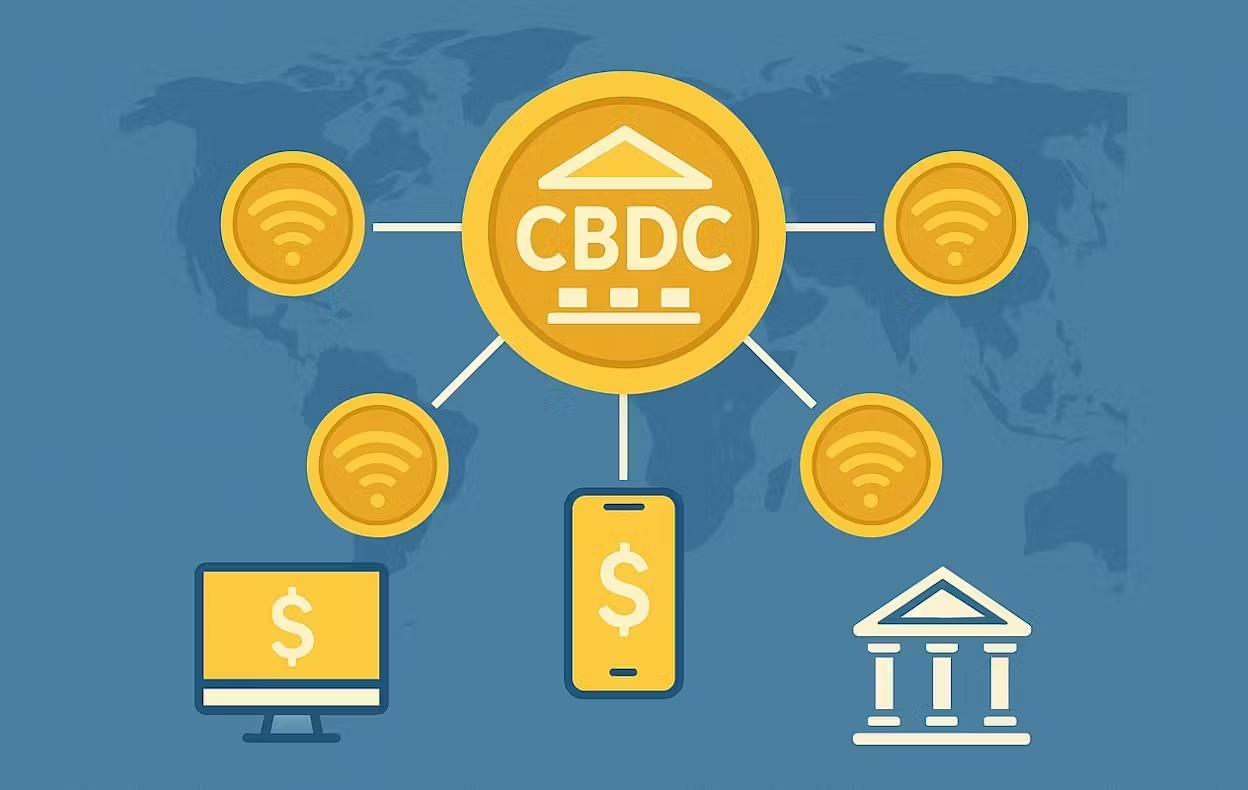Now Reading: How Retail CBDC Sandbox Could Shape Everyday Finance in Small Towns
-
01
How Retail CBDC Sandbox Could Shape Everyday Finance in Small Towns
How Retail CBDC Sandbox Could Shape Everyday Finance in Small Towns

The Reserve Bank of India’s retail Central Bank Digital Currency (CBDC) experiment is quietly transforming how people think about money. While most attention stays focused on metros, its real impact may unfold in India’s small towns and semi-urban regions. The CBDC, often called the “digital rupee,” could soon change how everyday payments, lending, and savings work for millions of users who rely on cash today.
A retail CBDC is essentially a digital version of the Indian rupee issued directly by the RBI. Unlike cryptocurrencies, it’s fully regulated, stable, and backed by the government. Through the ongoing sandbox program, the RBI is testing how the digital rupee performs in real-world use cases like merchant payments, offline transactions, and person-to-person transfers. If successful, this could make digital money more accessible to those who don’t use traditional banking apps or credit cards.
In smaller towns, where connectivity and trust in online systems remain challenges, a digital rupee could offer major advantages. Transactions can be made through simple mobile interfaces or even without internet using offline technology. For shopkeepers, hawkers, and local vendors, this could reduce dependence on cash while cutting transaction fees charged by payment apps. It could also help bring more people into the formal financial system by offering an easy entry point to digital transactions without needing a full bank account.
However, adoption won’t be automatic. People in smaller towns value familiarity and security when it comes to money. The challenge lies in building awareness and simplifying technology so that even first-time users can transact confidently. For banks and fintechs, this means designing systems that work in local languages, function on basic smartphones, and provide clear transaction records. Digital literacy drives will play a crucial role in bridging this gap.
Experts believe the CBDC could also help curb issues like fake currency and cash handling risks. Since each digital rupee is traceable, it reduces the scope for unrecorded transactions. At the same time, it offers speed—payments happen instantly, even between different banks. For users who struggle with slow transfers or limited banking hours, this could be a practical solution.
The sandbox phase is just the start, but its direction is clear. India is building a digital money system designed for inclusivity, not just innovation. For Tier-2 and Tier-3 cities, the retail CBDC could make financial transactions simpler, faster, and safer, while gradually reducing cash dependence. The real test will be in making sure this technology feels familiar and reliable to the people who will use it the most.

























